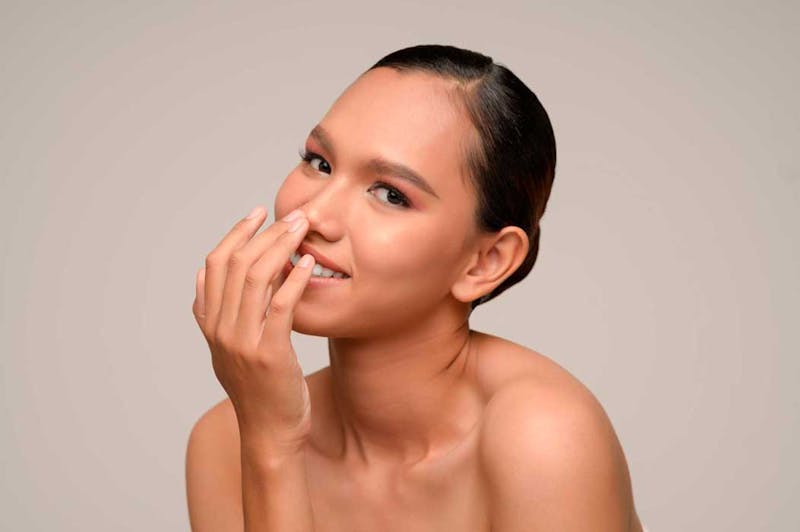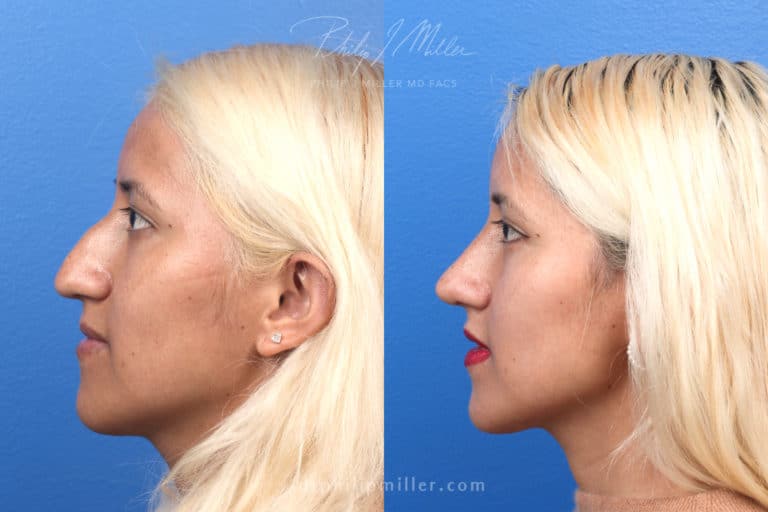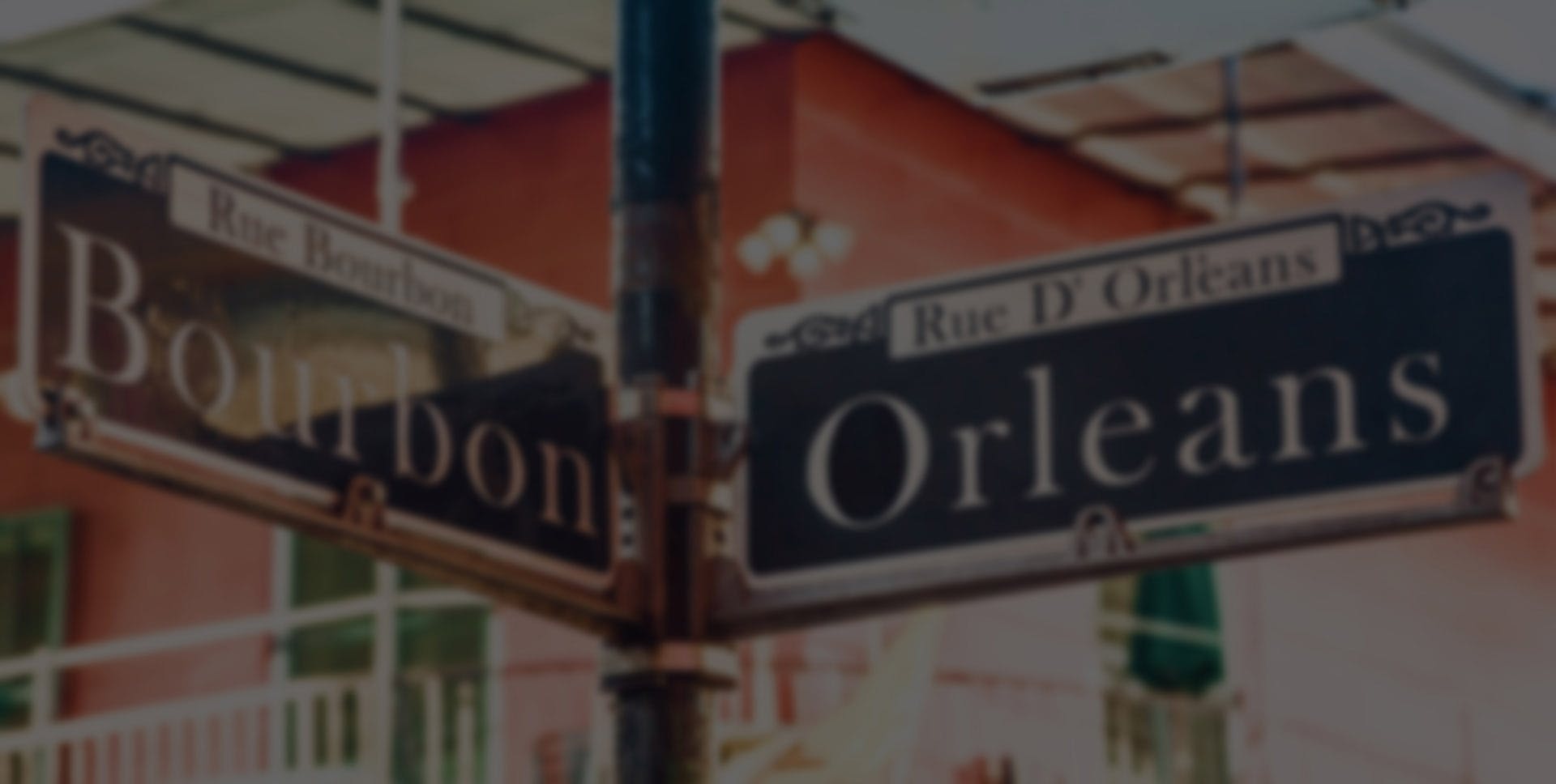
July 15, 2022
Finding a skilled and reputable surgeon to perform your rhinoplasty is only half the battle won. Taking the proper precautions to heal is equally important to ensure an optimal outcome.
Philip J. Miller, MD, FACS, is a double board-certified facial plastic surgeon in Manhattan, New York and New Orleans, Louisiana. He is considered a highly skilled facial plastic surgeon with expertise in rhinoplasty. Through decades of working with his patients, Dr. Miller knows that educating his patients is a critical step in ensuring the best possible results for them.
Dr. Miller offers a proprietary consultation process called NatraLook which expands the typical plastic surgery experience into a safe, collaborative environment where you can explore your aesthetic confidence. This opportunity allows you and Dr. Miller to create a unified vision for your results and the safest, most natural outcome possible.
Rhinoplasty is an extensive surgical procedure that requires downtime afterward to ensure the nose heals properly. Preparation for the procedure and subsequent recovery will help ensure a smoother healing process. We have a list of some of the most common questions Dr. Miller gets asked about recovery from rhinoplasty to help you begin your preparation for your own procedure.

How to clean my nose after rhinoplasty?
Recovery is more than just taking it easy for a few weeks and just resting at home. You will also need to take care of your nose while it heals by keeping it clean and clear. This will not only aid in proper healing, but will help you feel more comfortable too.
Cleaning should only be done after any packing has been removed from your nose. You may use a Q-tip and hydrogen peroxide to gently clean and disinfect your nose. To remove dried blood and mucus out of the nasal passages, you may use a saline spray to irrigate your nose, clear drainage, and keep it moist. The saline may also help reduce swelling in the area.
When can I wash my face after rhinoplasty?
Washing the face is another step that will help you feel better as you go through your rhinoplasty recovery. Once the tape, splint, or cast is removed, you can wash your face with water and a gentle facial cleanser. Avoid rubbing your face around the nose – instead, pat dry carefully so you don’t disturb the treatment area.
What can I eat after rhinoplasty?
Rhinoplasty surgery shouldn’t restrict your diet significantly, but there are general guidelines after your procedure:
- Eat soft, easy-to-digest foods like oatmeal, mashed potatoes, yogurt, scrambled eggs, and soup (not too hot) for the first few days.
- Avoid hard or crunchy food items like apples and carrots that can increase facial movement, or foods like burgers and large sandwiches that require you to open your mouth wide. The idea is to put as little strain on the nasal structure and surrounding tissue as possible.
- Avoid salty foods which will increase fluid retention in your body and can lead to more swelling.
- Eat healthy foods like fruits, vegetables, and proteins that will promote wound healing (e.g., berries, leafy greens, beans, nuts and seeds, and poultry).
- Drink plenty of fluids to keep yourself sufficiently hydrated.
How to massage nose after rhinoplasty
Dr. Miller may prescribe gentle nasal massage on the bridge, middle, or tip of the nose to help soften scar tissue, reduce swelling, and promote healing. Always check with your surgeon before performing any physical therapy or massage after your surgery. In general, the pressure of the massage should be firm enough to smooth the swelling caused by fluids but not so hard that it causes pain, bruising, or deformity to your delicate tissues.
As a general rule, avoid placing any pressure on one part of the nose that causes significant movement in other areas of the nose. You must use your fingers to support the nose to prevent excessive movement during the massage. We will instruct you on how to massage your nose if this is a step we recommend for you during recovery.
How should I sleep after rhinoplasty?
Your nose will be delicate and malleable after surgery, so it is crucial that you do not sleep on your stomach or side for several weeks. These positions can put unnecessary pressure on your nose, cause discomfort, and also compromise your results. Sleeping on your back, elevated with a few pillows, is the best sleeping position for your first week or two of recovery. This position will minimize fluid buildup and congestion. It is also best to sleep alone to avoid any accidental elbow to the face that may impact your rhinoplasty results.
Experiencing slight disturbances in your sleep patterns is normal. Dr. Miller may prescribe a light sleeping aid or pain medication to help you through the first few nights.
Why Dr. Miller is a Top Choice for Rhinoplasty in New York
The best way to ensure a positive recovery after a nose job is to follow all of Dr. Miller’s instructions, go into your procedure with realistic expectations and come to all your follow-up appointments.
To schedule a consultation with Dr. Miller, contact our New York City plastic surgery clinic today.
Focusing exclusively on the face for more than two decades, double-board certified facial plastic surgeon Dr. Philip Miller blends art and science with innovation and skill to provide thousands of patients with impeccable results. He is known for pioneering the NatraLook methodology for rhinoplasty, facelifts, neck lifts, and other cosmetic procedures for the face.


